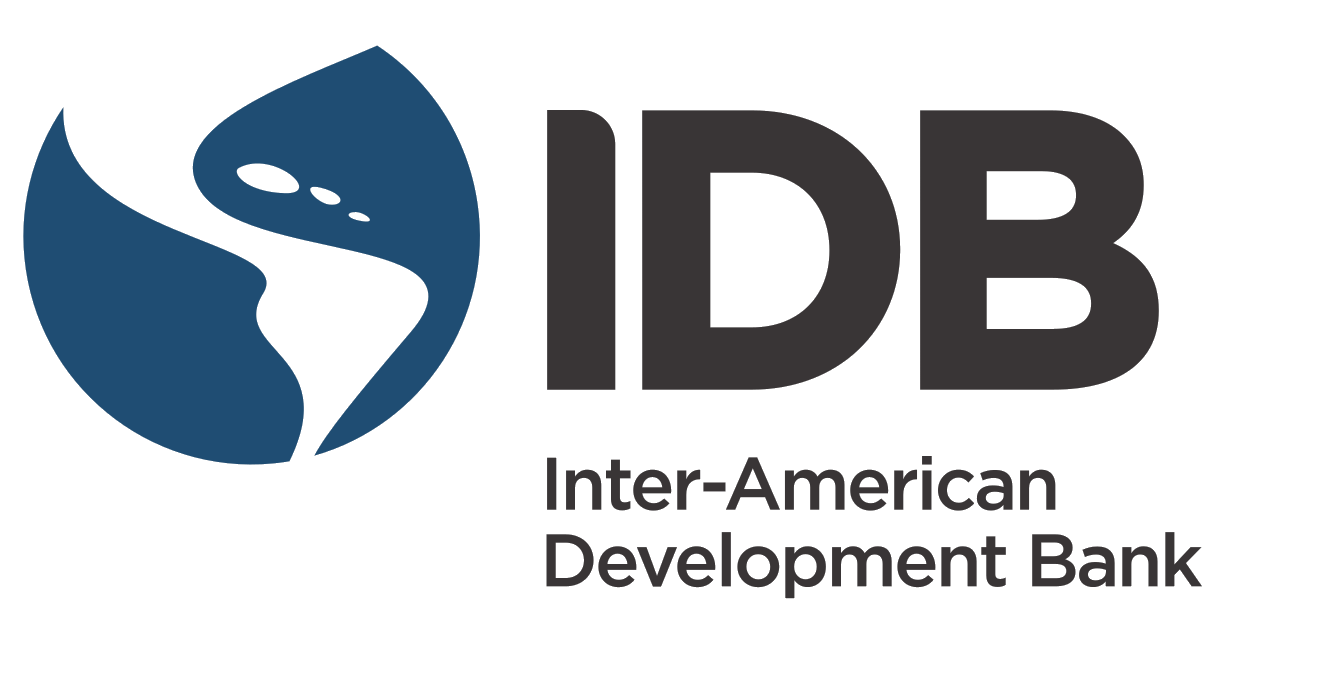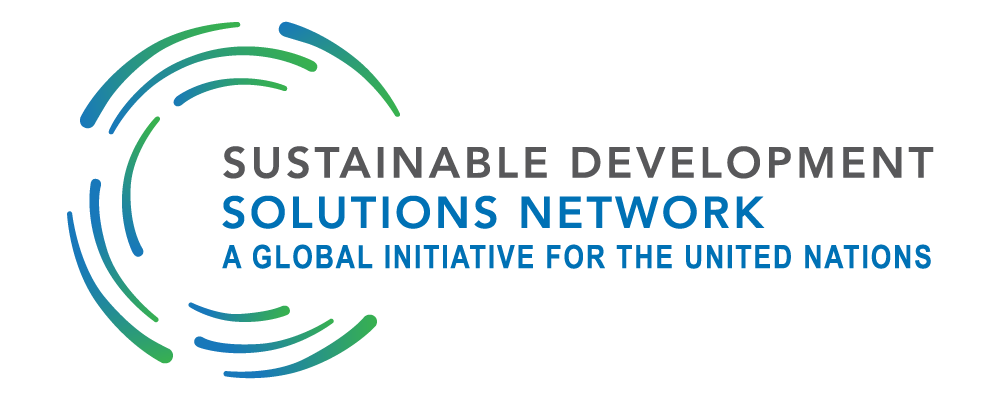SDG Impact Investment Toolkit
Behind the scenes
The Sustainable Development Goals, COVID-19 and Latin America
Adopted in 2015 by all member states of the United Nations, the 2030 Agenda and the Sustainable Development Goals (SDGs) provide time-bound, quantitative goals to be achieved by 2030. In late 2015, they were complemented by the Paris Agreement on Climate Change, which commits countries to keep the rise in average global temperatures to well below 2°C. Since their adoption, the SDGs have gained prominence among governments, civil society, and business. In particular, the financial sector has adopted the SDGs to complement existing environmental, social, and governance (ESG) assessment frameworks and for guiding future investments.
The COVID-19 pandemic is a serious setback for sustainable development. Most countries in Latin America and the Caribbean have been hit hard by the pandemic with a significant death toll as well as with other negative economic and social consequences. At the same time, the SDGs provide an inclusive framework for post-COVID-19 economic recovery, and for development decoupled from negative environmental impacts. SDG 3 calls to “strengthen the capacity of all countries, in particular developing countries, for early warning, risk reduction and management of national and global health risks”.
There are no demonstrated technological or operational obstacles to achieving the SDGs. Academic studies, commission reports, and policy analyses suggest that there are pathways to success in areas such as energy decarbonization, sustainable land use and food systems, education for all, disease control, and public health. They rely on a combination of policies, including transfers of public funds to poor people, public financing of health care and education, and increased public and private investment in infrastructure.
The goals are also affordable. In 2019, assessments by the International Monetary Fund, the United Nations Sustainable Development Solutions Network (SDSN) and others confirm that the SDGs can be financed at a cost of about 2% of global gross domestic product, with around 0.4% in development aid to fill the gaps in lower-income countries. Ambitious goals unleash innovations to accelerate progress and bring down costs, particularly through the use of new technologies. Multilateral Development Banks (MDBs), including the Inter-American Development Bank, can play a central role in supporting a sustainable, inclusive and resilient recovery from COVID-19 aligned with the SDGs.
Every year, the SDSN tracks annually the performance of all UN member states on the 17 SDGs. Over the years, the SDSN, working with local partners, also prepared regional assessments of SDG performance to contextualize the narrative and indicator set and leverage regional data sources. These assessments underline that, before the COVID-19 pandemic hit, countries in Latin America and the Caribbean (LAC) performed reasonably well against many SDGs in comparison to other developing regions. Yet, the region still faces major challenges. LAC countries have achieved relatively high levels of access to basic infrastructure and services, but important gaps remain, particularly in some of the poorer countries. The overall quality of infrastructure has improved significantly in most countries but lags far behind that of many Asian and other OECD countries. Infrastructure gaps, but also persisting gaps in access to services and service quality (such as health and education) as well as access to financing, are widely seen as critical bottlenecks for continued social and economic development in the region. No country in the region is currently on track to achieve SDG 9 (Industry, Innovation and Infrastructure) by 2030.
Many LAC countries do better than Asian economies in decoupling rising economic living standards from greenhouse gas emissions. This is principally due to a large share of renewable sources in the electricity mix and lower industrial activity. However, no country in the region is on track to achieving net zero emissions by mid-century, as required under a 1.5°C pathway (Masson-Delmotte et al., 2018). The region has experienced the most dramatic decline in biodiversity1 (IPBES, 2019; WWF, 2018). Deforestation rates remain relatively high. In 2020, deforestation rates in Brazil’s Amazon further rose by about 10% (Taylor, 2021).
On the social side, the region faces some of the highest levels of inequality in the world. Data is too sparse to compute trends, but anecdotal evidence suggests that inequalities have been rising or falling at a slower rate than in South-East Asia. No country in the region is on track to meeting SDG 3 (Good Health and Well-Being) and less than half are on track to achieve SDG 4 (Quality Education). Though many countries were progressing in the right direction before the pandemic hit, the rate of progress is far too slow and indicative of a lack of high-quality investment in those sectors. Given the rising skill premium due to the automation of production processes through robots and artificial intelligence, countries in the region must ensure a healthy and well-educated work force if they are to create new jobs in the numbers required to ensure low unemployment.
Mobilizing sustainable financing and strengthening the SME base in LAC countries are key to address SDG gaps. SDG 8.3 calls for promoting “development-oriented policies that support productive activities, decent job creation, entrepreneurship, creativity and innovation, and encourage the formalization and growth of micro-, small- and medium-sized enterprises, including through access to financial services”. As emphasized by the SDSN and other partners, achieving transformative goals like the SDGs requires going beyond traditional ESG that generally focus on how businesses operate and to consider also the actual “SDG value” of the products and services generated by companies. To inform and support sustainable investment decision and accompany the impact investing movement, the SDSN proposed a 4-pillar framework to monitor companies’ SDG impacts looking at the product, internal processes, supply chains, and at whether companies are “responsible corporate citizen”, i.e., that they pay their taxes where they need to pay them (Sachs, Maher Al Khatib, et al., 2020).
1 Measured in terms of vertebrate biomass lost since 1970.
Contact
Any comments can be addressed to info@sdgindex.org.
In order to support the investment decision of investors interested in IDB projects, SDSN has developed an SDG Investment Impact Toolkit to provide information on the potential impact of projects in the infrastructure, social, financial and private sectors. To this end, SDG scores obtained from the analysis of the Sustainable Development Report (Sachs, Schmidt-Traub, et al., 2020) and the SDG Index for Latin America and the Caribbean (Cods, 2020) were combined with current and trend data on sector quality, investment levels, and the investment environment to assess which projects can have a higher impact depending on the national context.
Feedback? Questions? Contact us at info@sdgindex.org


